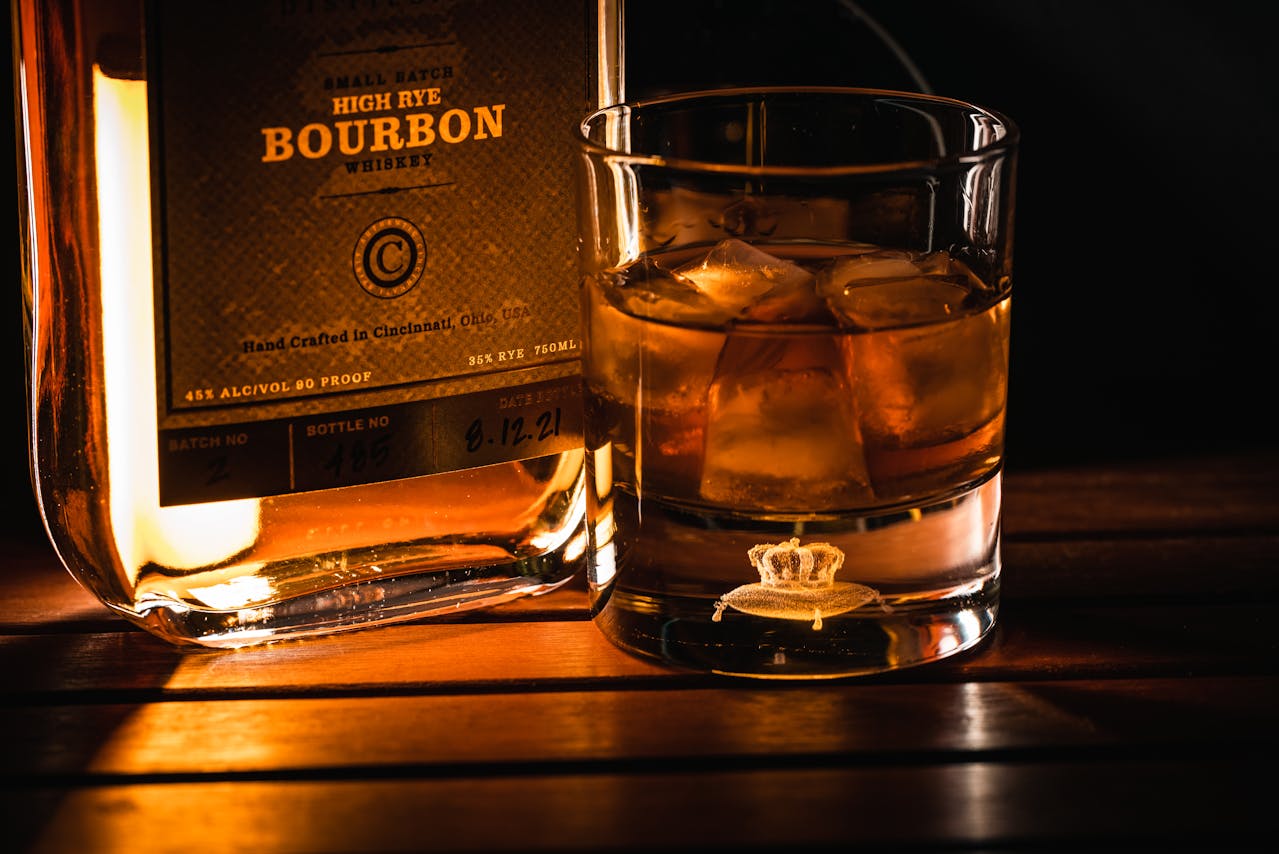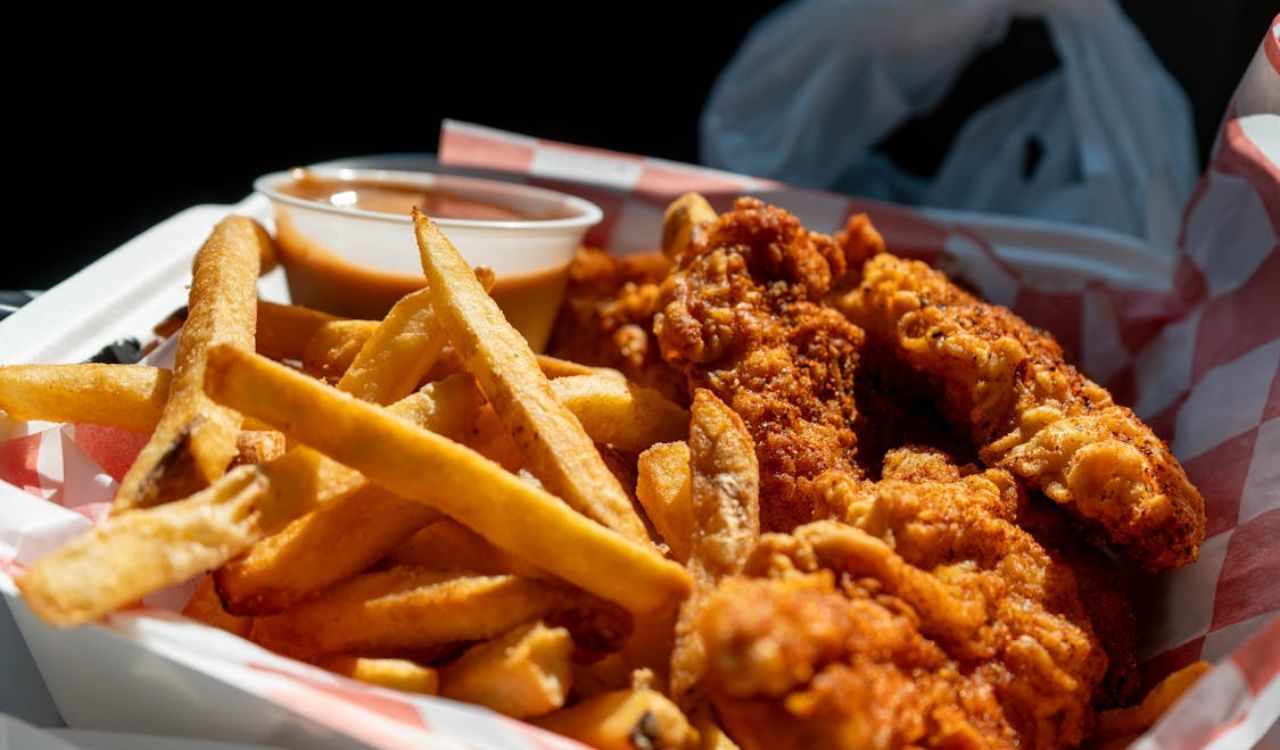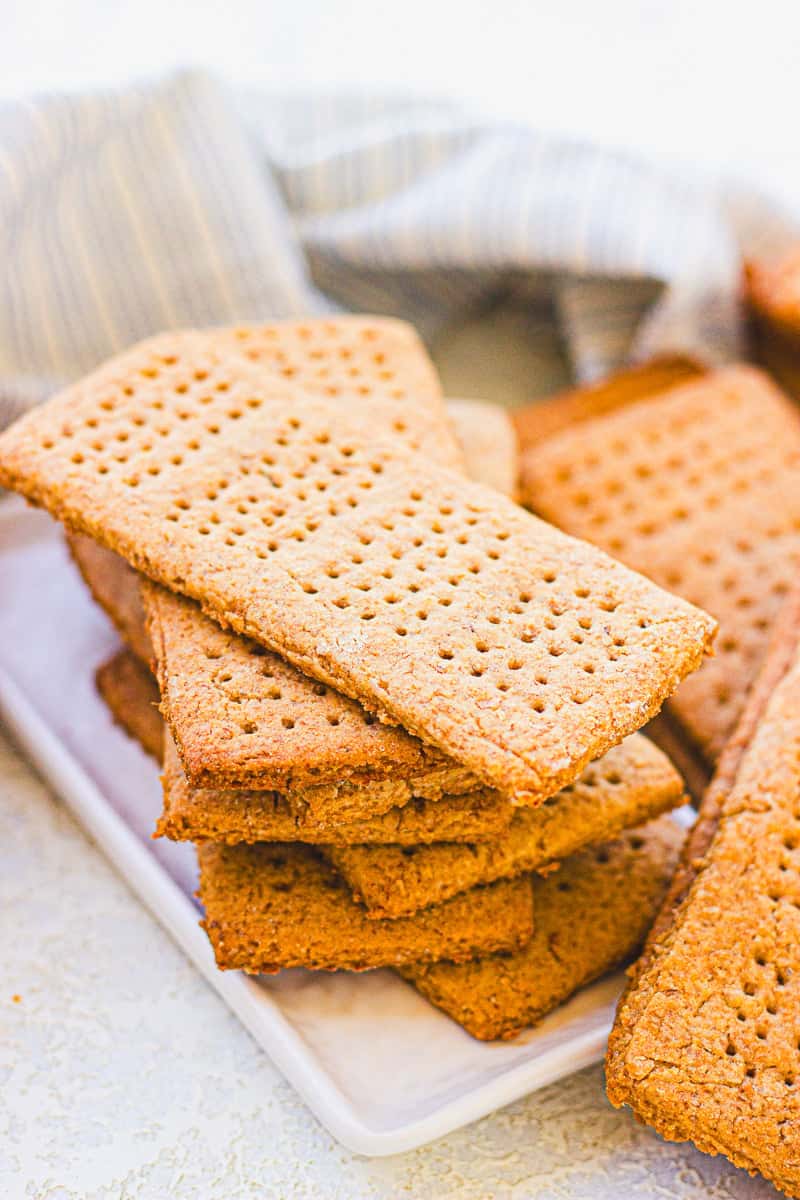8 Easy Tricks to Remove Stubborn Kitchen Stains
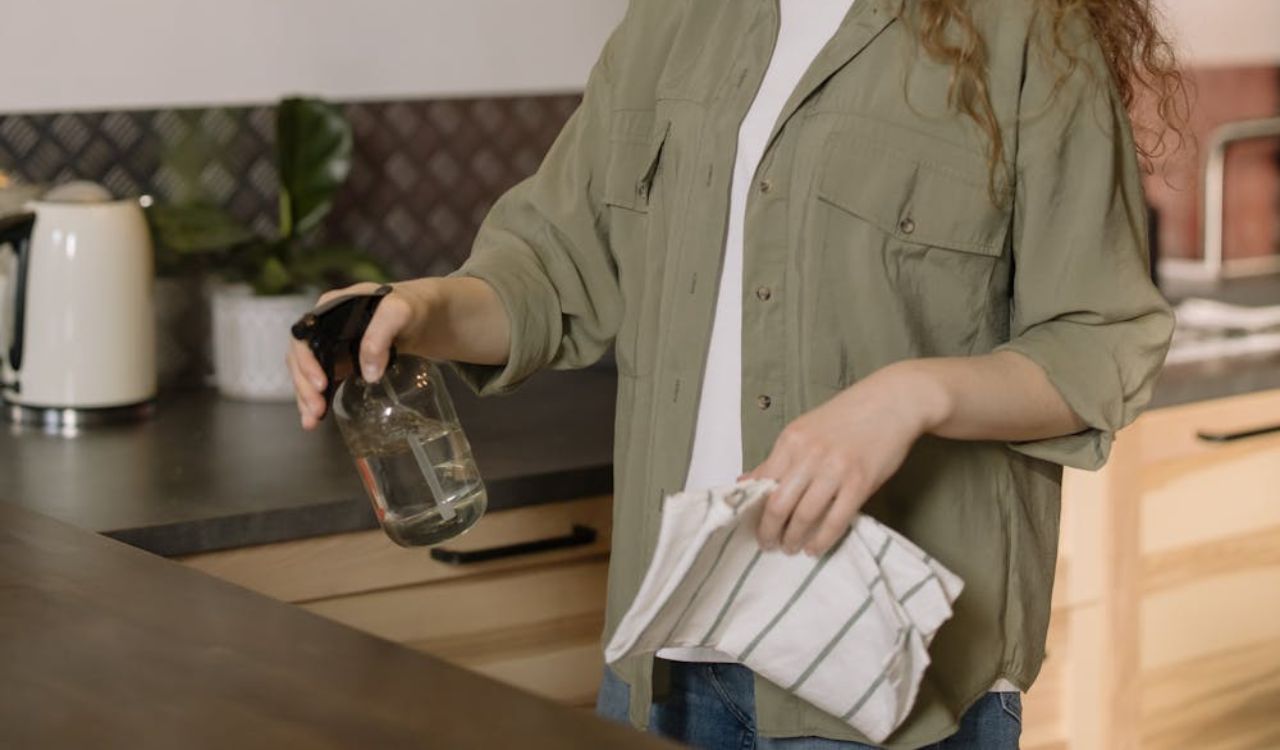
Kitchens are the heart of the home, but constant cooking, spills, and splatters can leave behind tough stains that seem impossible to remove. Whether it is grease baked onto pans, discoloration on mugs, or grime on countertops, everyday messes can build up quickly. Fortunately, many stubborn stains can be lifted using safe and inexpensive household ingredients you probably already have. From lemon and vinegar to baking soda and hydrogen peroxide, these simple tricks will help restore shine and freshness to every corner of your kitchen.
1. Baking Soda for Grease and Burnt Pans
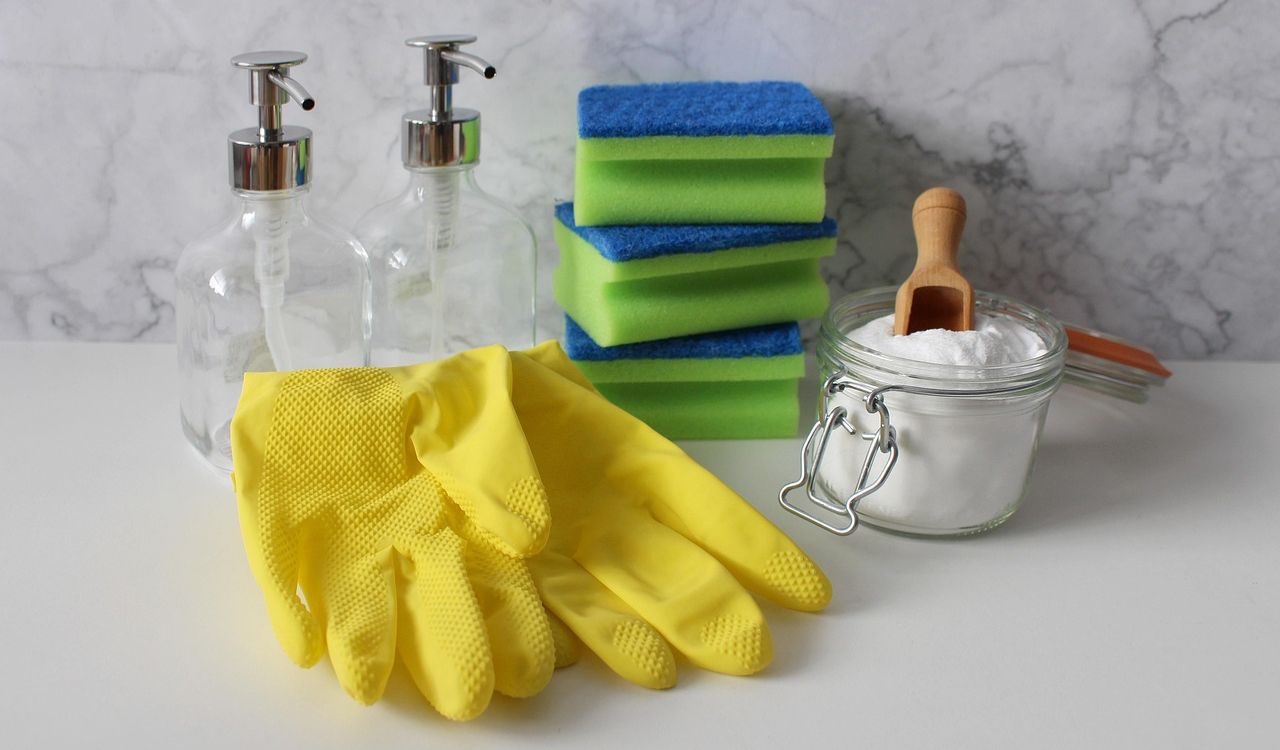
Baking soda is a natural cleaning powerhouse that helps cut through grease and lift burnt food from cookware. To use it, sprinkle a thick layer of baking soda on the affected area, then add a few tablespoons of warm water to form a paste. Let it sit for about 15 minutes to loosen residue. Scrub gently with a sponge or brush and rinse thoroughly. The mild abrasiveness removes grime without scratching stainless steel or glass. For particularly tough buildup, repeat the process for spotless results.
2. White Vinegar for Coffee and Tea Stains
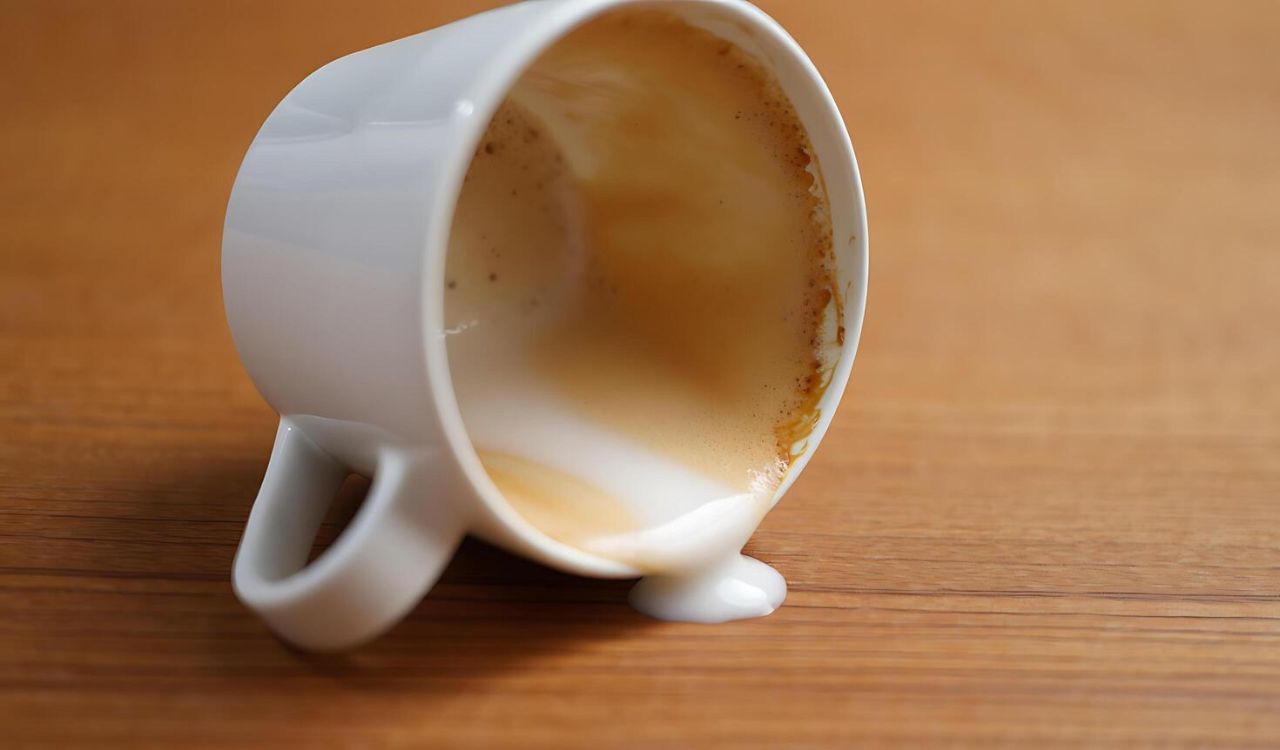
White vinegar works wonders on removing stubborn brown stains from coffee mugs, teapots, and carafes. Fill the stained container with equal parts white vinegar and warm water, and let it soak for 30 minutes. After soaking, gently scrub the inside with a sponge or soft brush, then rinse well. The acidity of the vinegar dissolves tannins and restores the natural color of the surface. It also neutralizes lingering odors, leaving your cups and teapots fresh and ready for the next brew.
3. Lemon and Salt for Cutting Boards
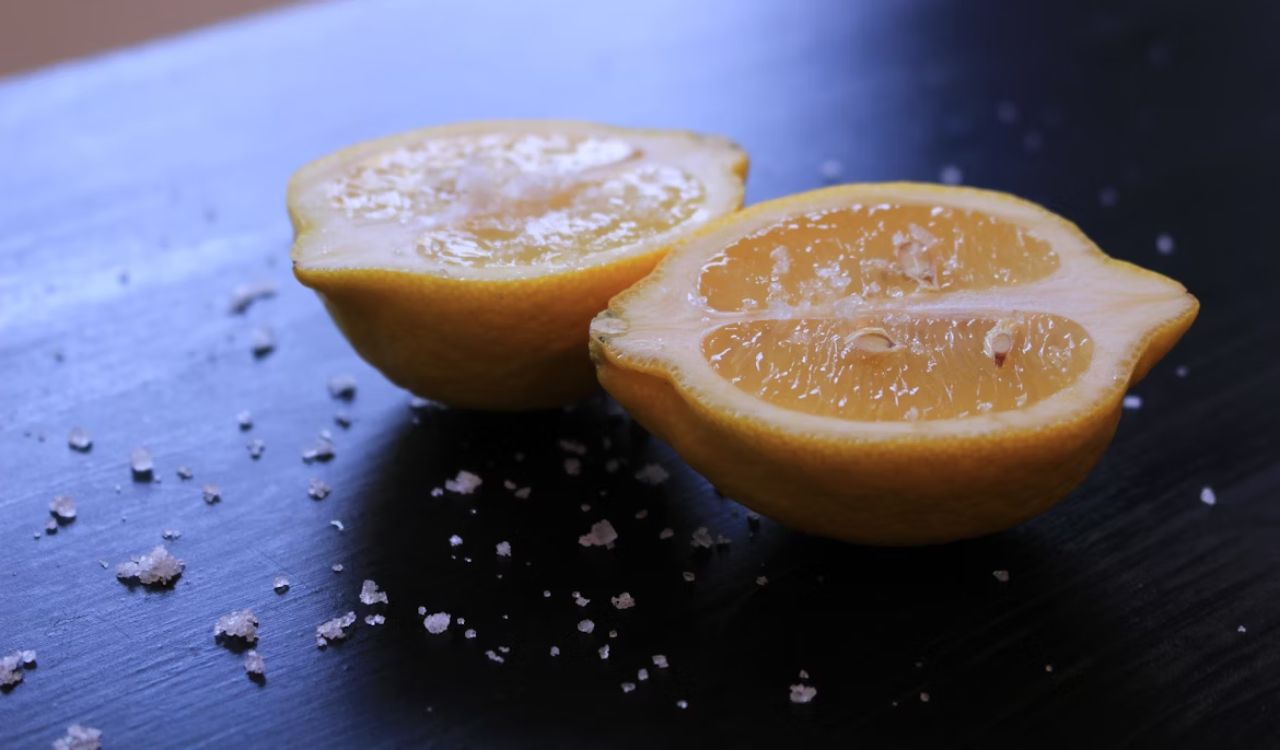
Wooden cutting boards can easily absorb food stains and odors, especially from onions or meats. To clean them naturally, cut a lemon in half, sprinkle coarse salt over the board, and use the lemon as a scrubber. As you work the salt into the surface, it removes stains and bacteria. Allow the mixture to sit for five minutes before rinsing with warm water. The citric acid disinfects while the salt gently exfoliates, leaving your board fresh, smooth, and safe for your next round of chopping.
4. Hydrogen Peroxide for Countertop Stains
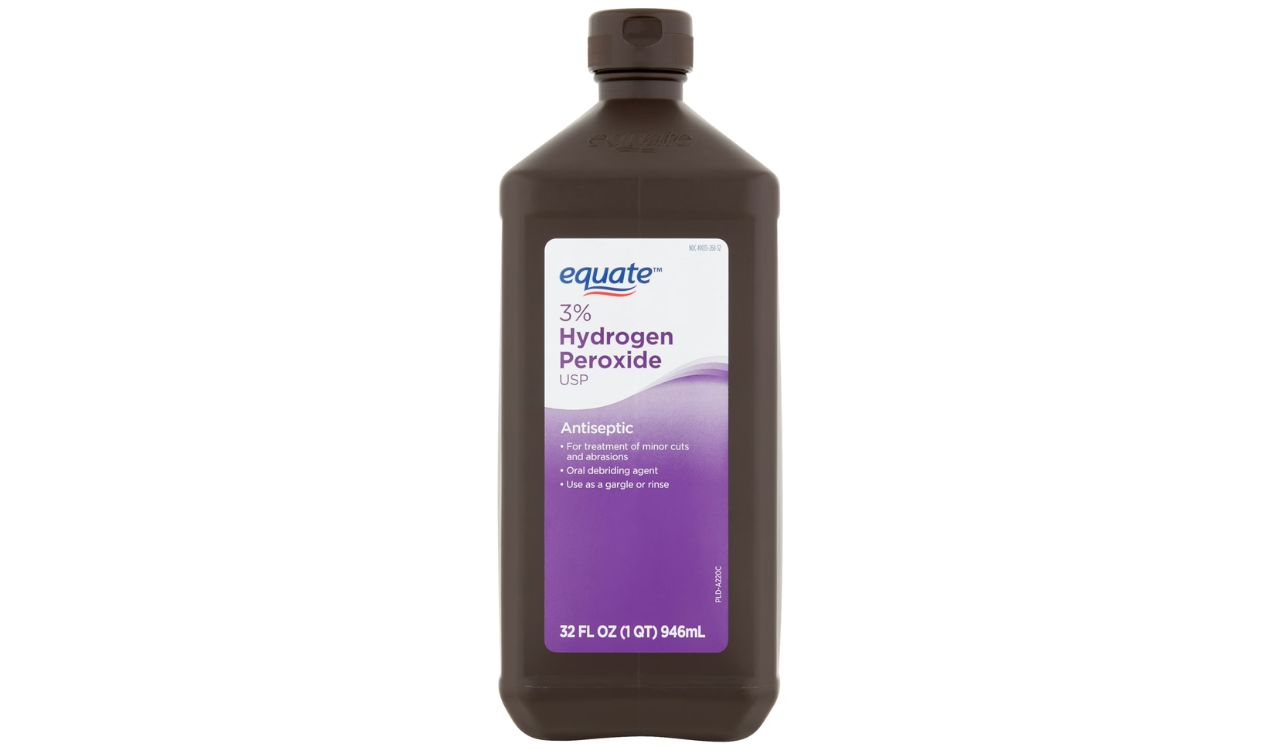
Hydrogen peroxide is an effective and gentle bleaching agent that helps remove stains from light-colored countertops. Pour a small amount directly onto the stain and let it bubble for several minutes before wiping it clean. For deeper stains, mix hydrogen peroxide with baking soda to make a paste, spread it over the area, and cover with plastic wrap overnight. Wipe away the residue in the morning for a brighter, cleaner surface. Always test a small area first to avoid damaging delicate materials like marble.
5. Cornstarch for Grease on Fabric or Upholstery
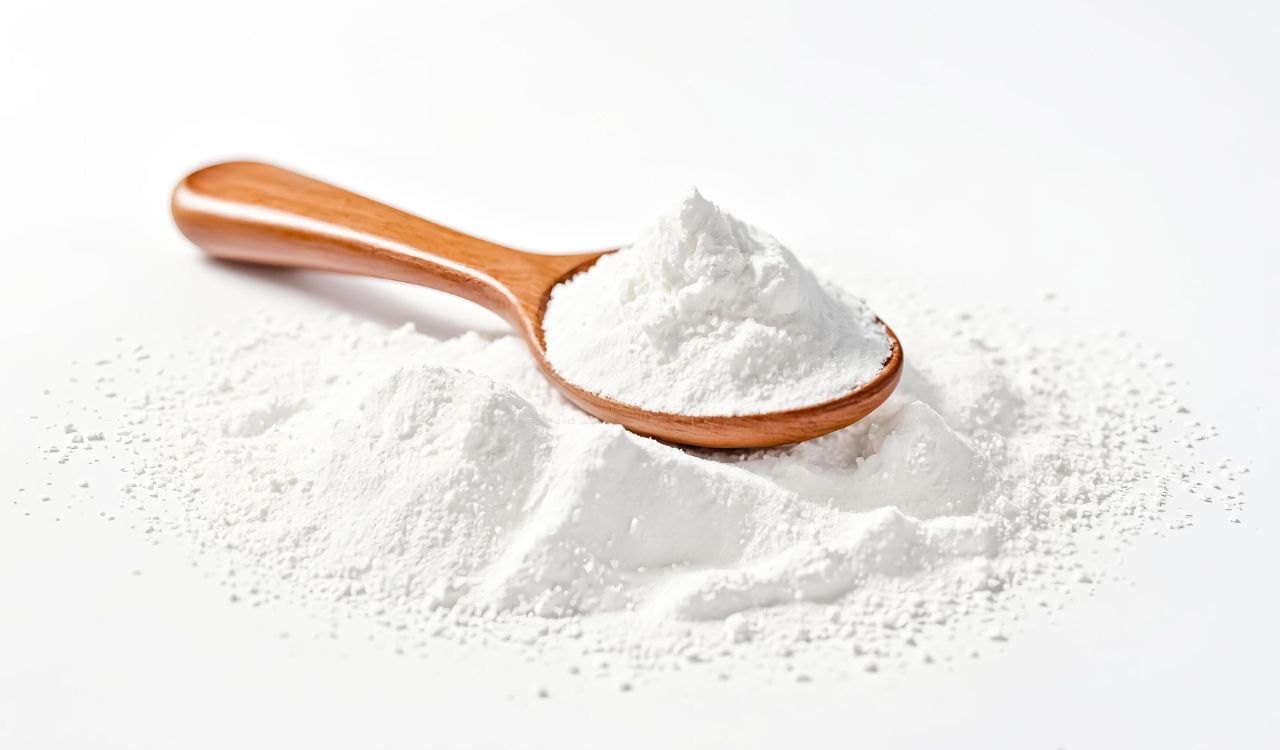
If grease splatters land on kitchen towels, curtains, or upholstered chairs, cornstarch can help. Sprinkle cornstarch generously on the stain and let it sit for 15 to 30 minutes. The powder absorbs the oil naturally. Afterward, brush or vacuum it off and launder the fabric as usual. For upholstery, repeat if necessary until the stain fades completely. This gentle, chemical-free method works especially well on delicate fabrics that cannot withstand harsh cleaners, leaving them clean and fresh again without risk of discoloration.
6. Dish Soap and Baking Soda for Ovens
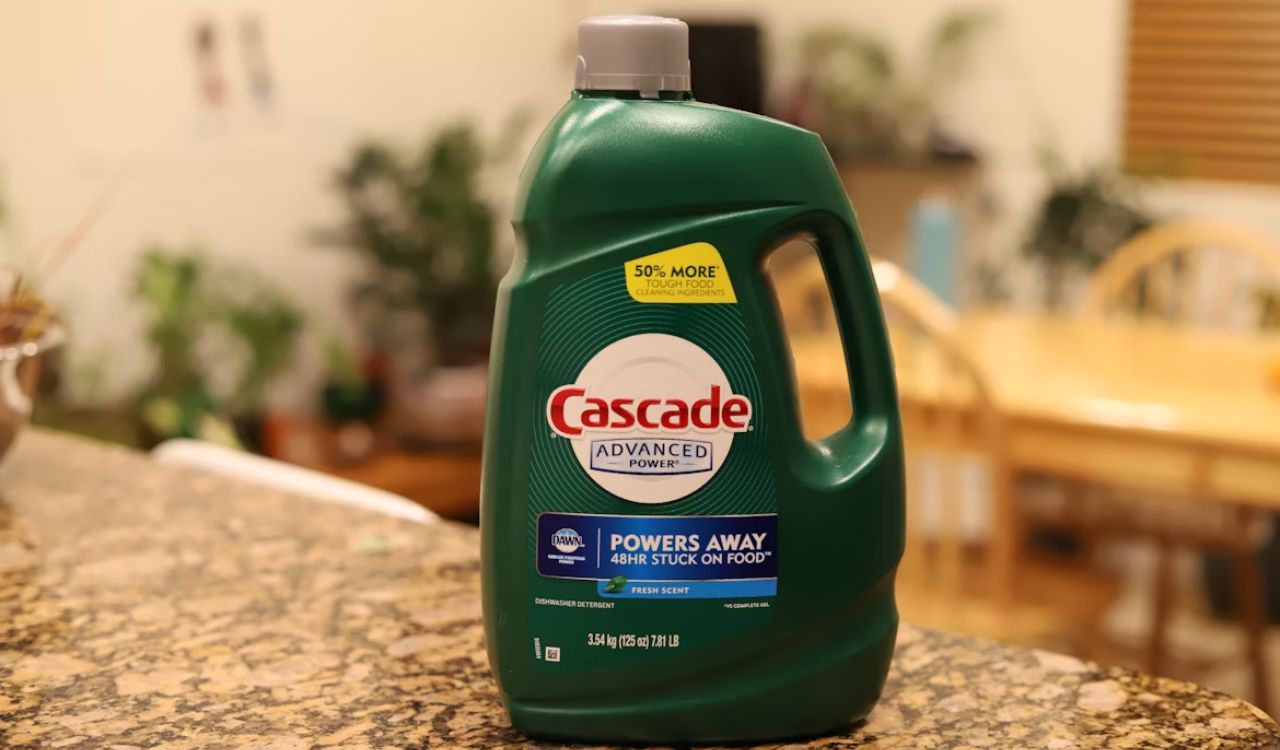
Cleaning an oven does not have to involve strong chemicals. Mix a half cup of baking soda with a few tablespoons of dish soap and just enough water to create a spreadable paste. Apply the paste to greasy or burnt-on spots inside the oven and let it sit overnight. The next day, wipe it clean with a damp sponge or cloth. The combination of baking soda’s scrubbing power and dish soap’s grease-fighting ability breaks down residue, leaving your oven sparkling without harsh fumes or scrubbing strain.
7. Club Soda for Stainless Steel and Chrome
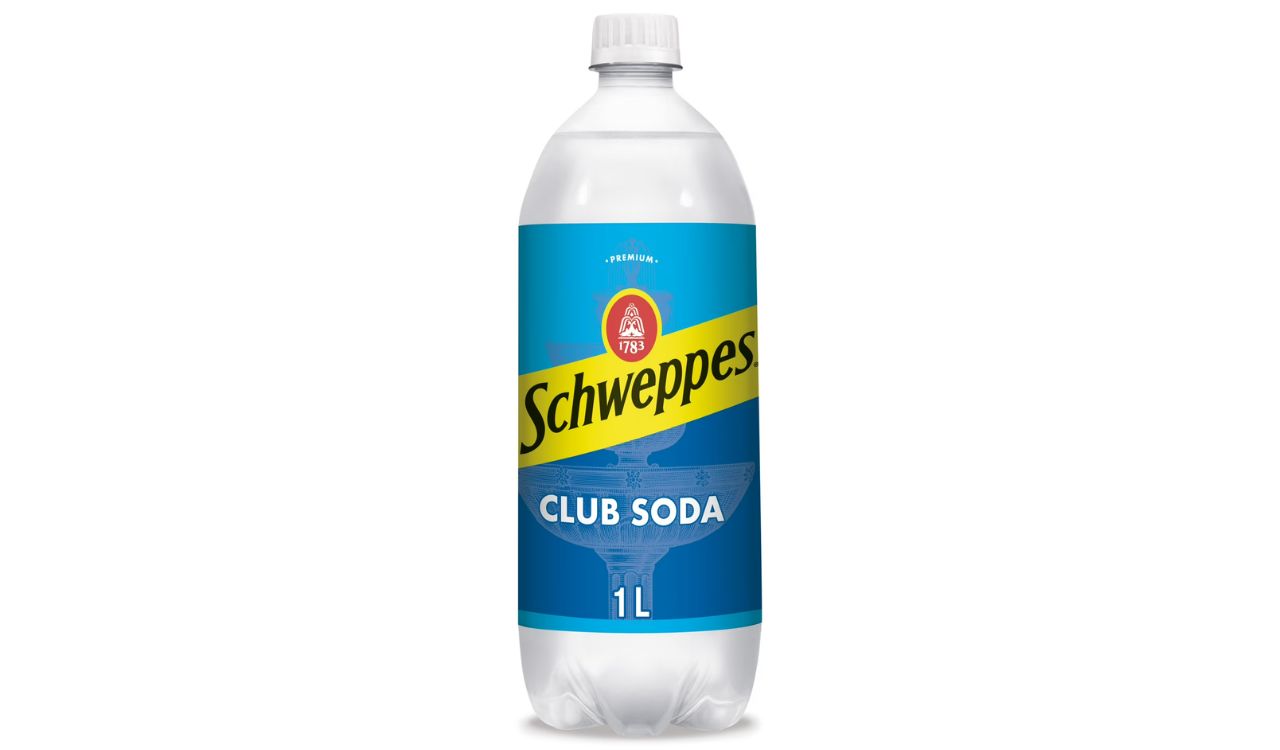
Club soda is a simple but effective cleaner for restoring shine to stainless steel appliances and chrome fixtures. Pour some onto a soft microfiber cloth and gently wipe the surface, following the direction of the grain. The carbonation loosens dirt and smudges while the minerals in the soda help create a streak-free finish. It works well for kitchen sinks, faucets, and appliance doors. Finish by buffing with a dry cloth for a glossy, professional-looking result without needing commercial stainless steel cleaners.
8. Hydrogen Peroxide and Baking Soda for Tile Grout
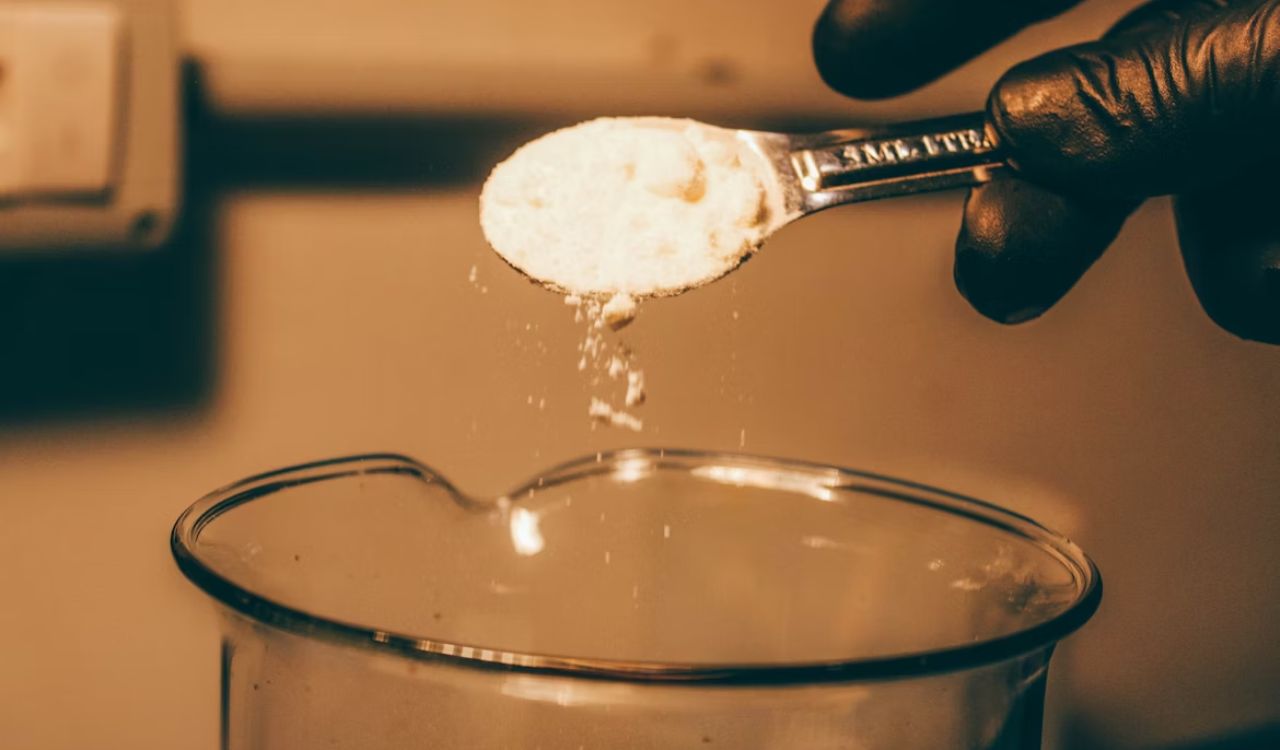
Dirty grout can make your kitchen floor or backsplash look dull, but a hydrogen peroxide and baking soda mixture can restore it easily. Combine the two ingredients into a thick paste and apply it to the grout lines using an old toothbrush. Allow it to sit for 10 to 15 minutes before scrubbing and rinsing with warm water. The fizzing action helps lift deep-set dirt and mildew, brightening grout without using bleach. Repeat weekly for lasting results and a cleaner-looking kitchen overall.



